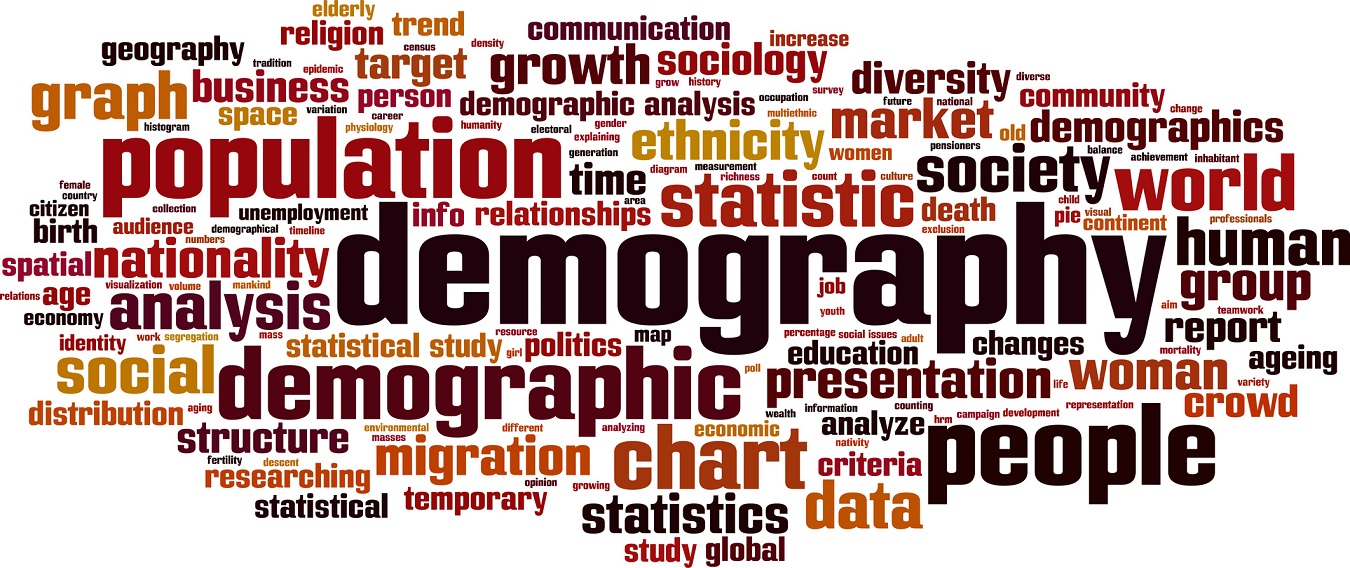The world’s population is ageing: virtually every country in the world is experiencing growth in the number and proportion of older persons in their population. Population ageing—the increasing share of older persons in the population—is poised to become one of the most significant social transformations of the twenty-first century, with implications for nearly all sectors of society, including labour and financial markets, the demand for goods and services, such as housing, transportation and social protection, as well as family structures and intergenerational ties.
According to data from World Population Prospects: the 2015 Revision (United Nations, 2015), the number of older persons—those aged 60 years or over—has increased substantially in recent years in most countries and regions, and that growth is projected to accelerate in the coming decades.
Between 2015 and 2030, the number of people in the world aged 60 years or over is projected to grow by 56 per cent, from 901 million to 1.4 billion, and by 2050, the global population of older persons is projected to more than double its size in 2015, reaching nearly 2.1 billion.
Globally, the number of people aged 80 years or over, the “oldest-old” persons, is growing even faster than the number of older persons overall. Projections indicate that in 2050 the oldest-old will number 434 million, having more than tripled in number since 2015, when there were 125 million people over age 80.
Over the next 15 years, the number of older persons is expected to grow fastest in Latin America and the Caribbean with a projected 71 per cent increase in the population aged 60 years or over, followed by Asia (66 per cent), Africa (64 per cent), Oceania (47 per cent), Northern America (41 per cent) and Europe (23 per cent).
Globally, during 2010-2015, women outlived men by an average of 4.5 years. As a result, women accounted for 54 per cent of the global population aged 60 years or over and 61 per cent of those aged 80 years or over in 2015. In the coming years, average survival of males is projected to improve and begin to catch up to that of females so that the sex balance among the oldest-old persons becomes more even. The proportion of women at age 80 years or over is projected to decline to 58 per cent in 2050.
Both improved longevity and the ageing of larger cohorts, including those born during the post-World War II baby boom, mean that the older population is itself ageing. The proportion of the world’s older persons who are aged 80 years or over is projected to rise from 14 per cent in 2015 to more than 20 per cent in 2050.
The older population is growing faster in urban areas than in rural areas. At the global level between 2000 and 2015, the number of people aged 60 years or over increased by 68 per cent in urban areas, compared to a 25 per cent increase in rural areas. As a result, older persons are increasingly concentrated in urban areas. In 2015, 58 per cent of the world’s people aged 60 years or over resided in urban areas, up from 51 per cent in 2000. The oldest-old are even more likely to reside in urban areas: the proportion of people aged 80 years or over residing in urban areas increased from 56 per cent in 2000 to 63 per cent in 2015.
Main impact of an ageing population
Increase in the dependency ratio. If the retirement age remains fixed, and the life expectancy increases, there will be relatively more people claiming pension benefits and less people working and paying income taxes. The fear is that it will require high tax rates on the current, shrinking workforce.
Increased government spending on health care and pensions. Also, those in retirement tend to pay lower income taxes because they are not working. This combination of higher spending commitments and lower tax revenue is a source of concern for Western governments – especially those with existing debt issues and unfunded pension schemes.
Those in work may have to pay higher taxes. This could create disincentives to work and disincentives for firms to invest, therefore there could be a fall in productivity and growth.
Shortage of workers. An ageing population could lead to a shortage of workers and hence push up wages causing wage inflation. Alternatively, firms may have to respond by encouraging more people to enter the workforce, through offering flexible working practices.
Changing sectors within the economy. An increase in the numbers of retired people will create a bigger market for goods and services linked to older people (e.g. retirement homes)
Higher savings for pensions may reduce capital investment. If society is putting a higher % of income into pension funds, it could reduce the amount of savings available for more productive investment, leading to lower rates of economic growth.



